Currant is a berry shrub that pleases with its generous and healthy harvest. Currant berries contain a large amount of nutrients and vitamins. Gardeners love currant shrubs not only for its beneficial qualities, but also because it is easy to care for and propagate. One bush can bear fruit for 15 years and produce up to 4 kg of berries per season. However, there comes a time when it is necessary to engage in the reproduction of black currant.
Content
- 1 Harvesting cuttings
- 2 Pros and cons of propagation by cuttings
- 3 Rules for harvesting cuttings
- 4 Soil selection
- 5 How to propagate blackcurrant cuttings in autumn
- 6 How to propagate redcurrant cuttings in autumn
- 7 Methods of rooting currant cuttings
- 8 Planting cuttings in the ground
- 9 Currant Care
- 10 Conclusion
Harvesting cuttings
To black currant in the fall it gave a good harvest from cuttings, it is important to be able to harvest them correctly. To propagate currants, it is important to prepare the cuttings in advance. To get the cuttings, you need to pick a healthy bush, which is 3-5 years old.
The harvesting time is selected depending on what type of currant:
- Blackcurrant - in the warm season of autumn: the end of September and all of October.
- Reproduction of red currant falls at the end of August and mid-September.
- White and golden breeds spring layering.
For the preparation of cuttings, autumn is considered the optimal time. This is because at this time the plant loses less moisture and reduced sap flow. In spring, due to moisture, they are more quickly accepted and form a powerful root system.
Suitable shoots are cut with secateurs, then with a sharp knife they are divided into seedlings, 20-30 cm each. The upper part of the workpiece is cut at an angle of 90 degrees, and the bottom - 60 degrees. The lower section occurs at a distance of 0.5 cm from the kidney above, and the upper section - up to 1 cm from the lower kidney. For harvesting, it is not recommended to use the ends of the shoots, because they usually dry out.
Then the places of cuts are treated so that they do not lose their moisture. As this, hot paraffin or beeswax is used. Planting plant cuttings is carried out in autumn days. When planting, the lower kidney is covered with earth and it is from it that the roots sprout in the spring.
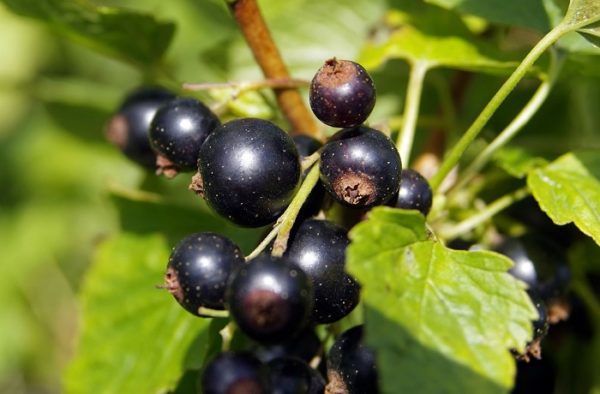
Pros and cons of propagation by cuttings
Cuttings of currants in the autumn period among gardeners are in great demand. There are a number of advantages to this:
- one bush gives a lot of planting material;
- under comfortable conditions, the bush can be planted immediately;
- the seedling receives all the characteristics and positive qualities from the mother bush;
- the plant can be grown at any time of the year;
- this method updates the variety;
- no need to transplant seedlings, they take root perfectly in the planted place;
- almost all seedlings take root;
- the root system does not suffer.
However, the propagation of currants by cuttings has its negative sides:
- the inability to predict the survival of the bush;
- danger of freezing due to severe frosts.
In order not to stay in the spring completely without young seedlings, it is recommended in the autumn to plant cuttings of currant in great numbers.
Rules for harvesting cuttings
It is best to carry out the procedure after the summer heat has subsided, but the first frosts have not yet come. This is the period from late August to the first half of October.
In spring, thawed snow will have a good effect on the development of the root system and help them take root. Shoots must be at least 6 mm thick. Cut off the shoot from the root itself so as not to leave stumps on the bushes. This negatively affects the further development of the bush. All leaves are removed from the shoot.
When choosing an escape, it is important to consider the shape of the kidney. A healthy kidney should be oblong. If it is swollen and round, then it means that the kidney is infected with a tick.
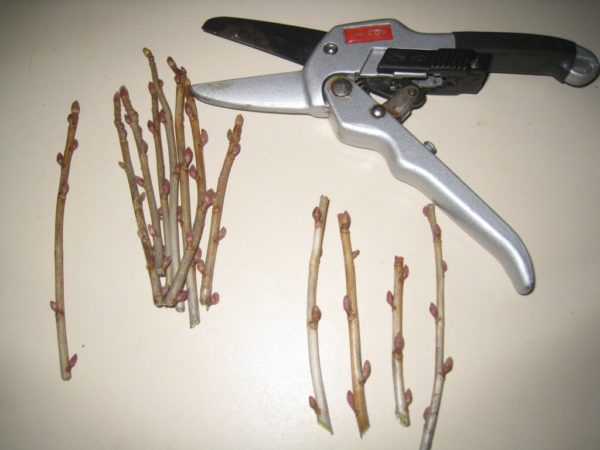
Soil selection
Before planting a certain grade of currant, it is important to consider what type of soil is on the site. Light soil is suitable for white and red currants. Loamy soil is also suitable. For black berries, neutral soil is suitable.
Once the seedlings have been prepared by the gardener, you can begin to prepare the site for planting. First of all, it needs to be leveled. Then clean the area of weeds that are firmly rooted there. These weeds interfere with the normal development of planted seedlings.
After cleaning the site, you can begin to feed the soil, and then dig it up. As a top dressing, use compost or humus. You can add phosphorus and potash fertilizers.
If the gardener in the fall decided to plant the cuttings immediately in a permanent place, then they dig holes in advance. Do this two weeks before landing. During the spring planting of seedlings, pits are also prepared in the fall.
How to propagate blackcurrant cuttings in autumn
Before propagating blackcurrant cuttings in the autumn period, it is important to understand the features of its cultivation. For example, planting density will depend on the degree of soil fertility. If the soil does not include the required amount of nutrients, then the distance between the bushes is better to do more so that they have enough of all the important substances for the full growth of the plant.
It is also important to take into account the degree of illumination of the place, since the plant loves more sunlight. The shape of the future bush also plays an important role - if thick leaves are planned, then the distance should be made larger.
There are two ways of autumn reproduction of currants:
- Green cuttings.
- Lignified cuttings.
Both methods have advantages and disadvantages, as well as features when reproducing.
Green cuttings
The green stalk represents this year's escape. As a rule, it is used in the case when they did not have time to prepare lignified shoots in advance. There is a certain sequence of planting such shoots.
First of all, a healthy maternal bush is chosen, from which an escape is made with a thickness of not more than 0.8 mm. The procedure is done in the morning, the shoot is divided into cuttings of 15-20 cm each.
Planting depth - 2-3 cm, the distance between future shrubs should be at least 20 cm. The soil needs to be well fertilized and cultivated. Planted shoots are covered with a plastic bottle or glass jar. This will maintain one level of humidity, which will accelerate the rooting process.
For two weeks, the cuttings are well watered. The soil should not dry out, as this will lead to the death of plants. After another two weeks, the processes gradually open for a while, gradually increasing the duration. Once the shoots are accustomed to the open air, the can can be removed at all.
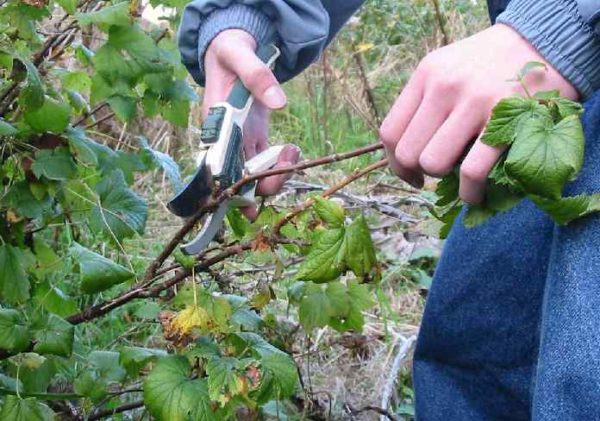
Lignified cuttings
Woody cuttings are the shoots of last year. This is a more effective method, as it has a greater survival rate of shoots.
The depth of planting of the cuttings should not exceed 15 cm, the distance between the shoots - 12 cm. It is important to leave 2-3 buds on the surface to avoid the death of the plant. Only in this way will the escape take root and grow.
The mother bush should be healthy.The resulting cuttings are placed in a trench with compost and nutrients.
How to propagate redcurrant cuttings in autumn
Propagation by cuttings of red currant in autumn is possible when a warm winter takes place in the region. In regions with cold winters, cuttings are best planted in a pot, and in spring already planted in the ground.
There are two ways in which propagation of red currant by cuttings is possible:
- A solution to stimulate growth. The end of the shoot is placed for 7 days in such a solution, then planted in the ground. The temperature in the room should be at least +20 degrees.
- Peat and humus are mixed in a pot of earth and sand. The end of the shoot is placed in a pot so that the kidneys remain above the surface.
However, for those who do not want to plant red currants in the fall, there is an opportunity to freeze cuttings. The cuttings are placed in a burlap, then wrapped with polyethylene and placed in a refrigerator for storage. Throughout the winter, blanks are periodically removed and aerated.
Methods of rooting currant cuttings
Before planting cuttings, they must first take root. This is necessary so that they are more likely to take root in open soil. There are three ways to root seedlings:
- in a special substrate;
- the use of growth stimulants;
- keeping cuttings in water until they take root.
The latter method is classic and is considered the most affordable and simple. Ready shoots should be placed in clean water for two weeks.
As a rule, the roots begin to appear after a week and a half, after another 4 days the stalk can be transferred to the ground.
The method of using a growth stimulator implies the addition of any special drug. To date, there are a sufficient number of them on sale. With their help, the roots sprout faster and more powerful is done.
The substrate is made using turf land and sawdust from alder or pine. Mix in a ratio of 1: 3. The stalk is placed in such a substrate. So that the seedling does not die, it is important to maintain high humidity both in the substrate and in the room itself where the sprouts are.
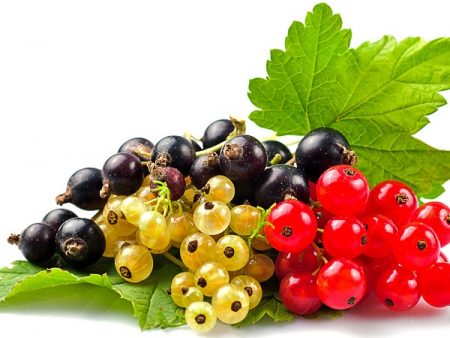 You may be interested in:
You may be interested in:Planting cuttings in the ground
As soon as seedlings appear, you can begin to plant them. The area on which the seedlings will be planted should be sunny and protected from the wind. Despite the fact that currants love moisture, it is not worth it to waterlog. To avoid decay of the root system, it is important to find a site where groundwater will be located deep. An ideal landing site would be a hillside site.Before planting seedlings, the plot is fertilized. For this, organic matter is required, taking into account 1 square meter, 5 kg of substance are needed. Holes are made in the soil with a depth of at least 20 cm, the shape of the pit should be cubic, each side of which is 40 cm.
Before planting seedlings, it is important to carefully examine the root system. All the roots that have dried or broken cut off. In order to avoid root burn, before planting, a nutrient mixture is placed in a well and filled with water per liter per 8 liter.
In the hole, the seedling is placed at an angle so that the root system deepens by 10 cm. As a result of this, several shoots are formed in the spring, which form the bush itself. On the surface there must be a shoot of at least 20 cm between the seedlings should be at least 1 meter.
Currant Care
On how to look after the seedlings after planting, and then in the spring, their further survival and further development depends. If the care is not good enough, then the seedlings can die or give a bad crop in the future.
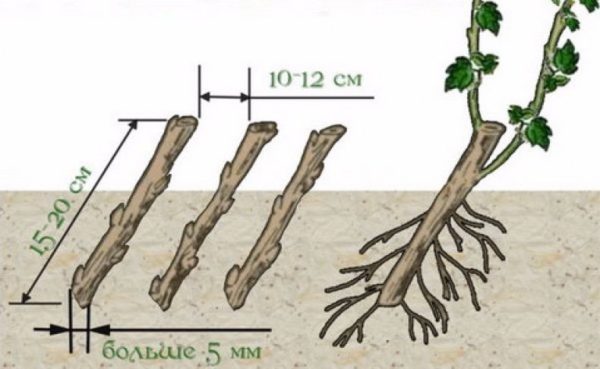
Immediately after landing
As soon as the seedlings have been planted, they are well watered. It is important to constantly maintain high humidity so that the seedling does not die. After three weeks, the roots begin to take root, so the intensity of irrigation is significantly reduced. After this, they begin to feed the plants.
It is important to mulch the shrubs with peat, straw or compost. It is placed on the surface with a layer of 10 cm. This will reduce the evaporation of moisture from the soil. Some gardeners use a film that covers the entire surface of the plot except for holes with seedlings.
In the spring, to speed up the process of awakening the bushes, all the shelters are removed and the plants are unlearned. After a year, the sapling turns into a full-fledged currant bush, which will delight with a plentiful harvest.
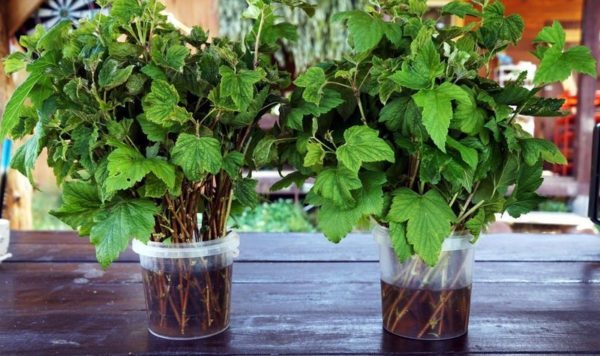
In the second year
In the second year after planting seedlings, if necessary, transplanted to a permanent place. It is better to do this in the autumn, when the bush has already managed to gain strength and energy.
The main care for the currant bush in the second year of life is its nutrition and protection from pests. At home, to help the seedling gain strength and grow stronger for growth, special fertilizers will help. Superphosphate is quite suitable for this.
Of the pests, a particular danger to currant shrubs is a kidney tick. This pest infects the kidneys themselves. Powdery mildew is also dangerous for the plant. Especially her subject red currant.
Conclusion
Breeding in the fall blackcurrant cuttings - This is an opportunity to get a good harvest of healthy berries without significant expenditure of energy and energy. The main thing is the preparation of planting material. And for this you need a healthy maternal bush. Then the correct rooting of the cuttings and their further proper care are important.
Using cuttings, you can easily increase the yield of rare varieties of currants. You can get the crop the next year after planting.

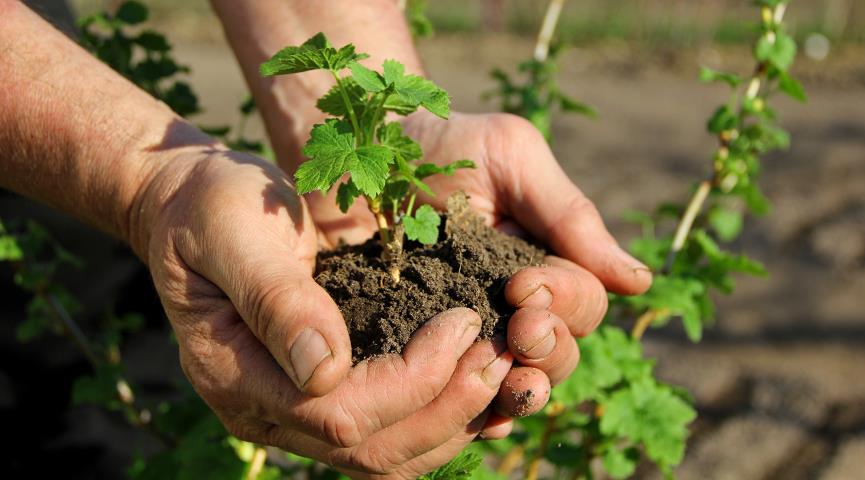
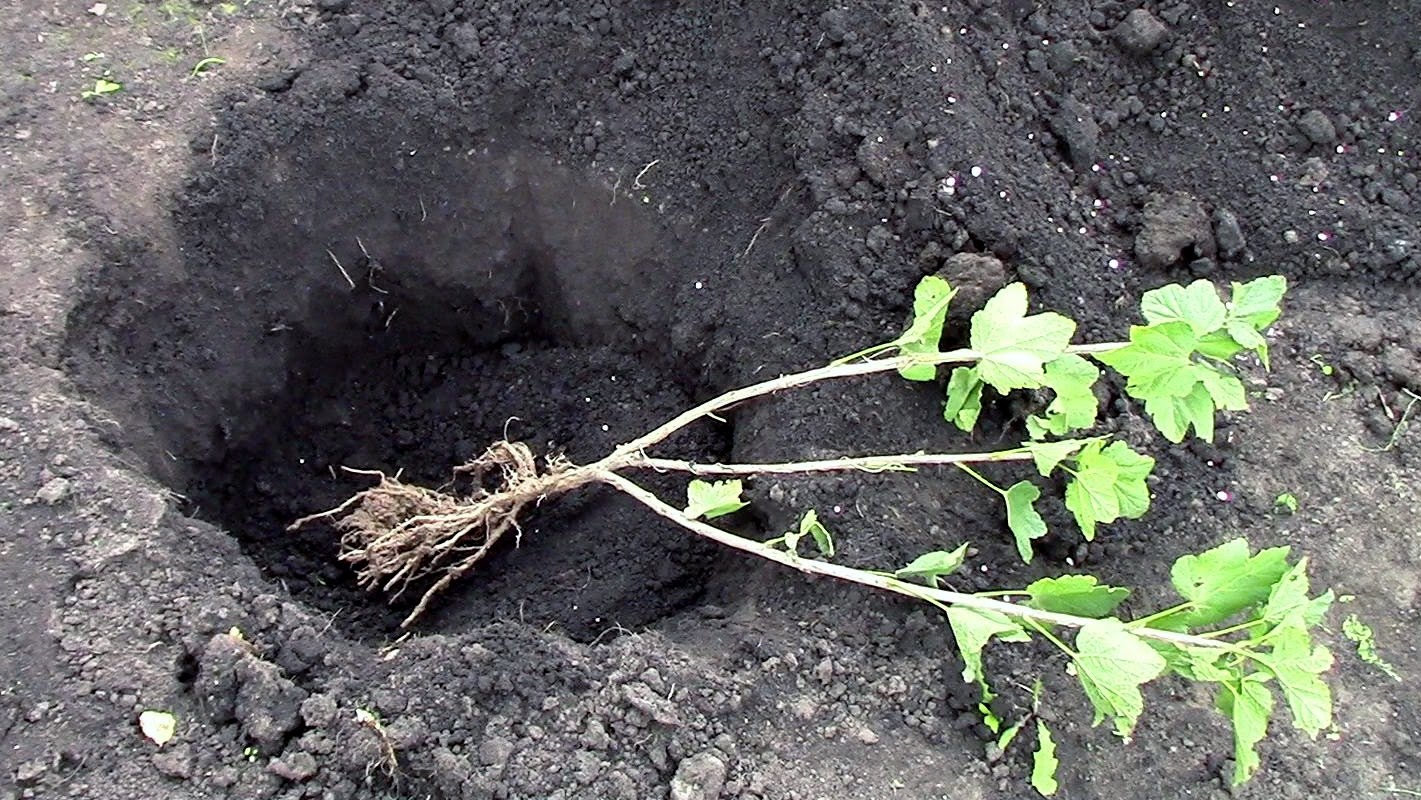
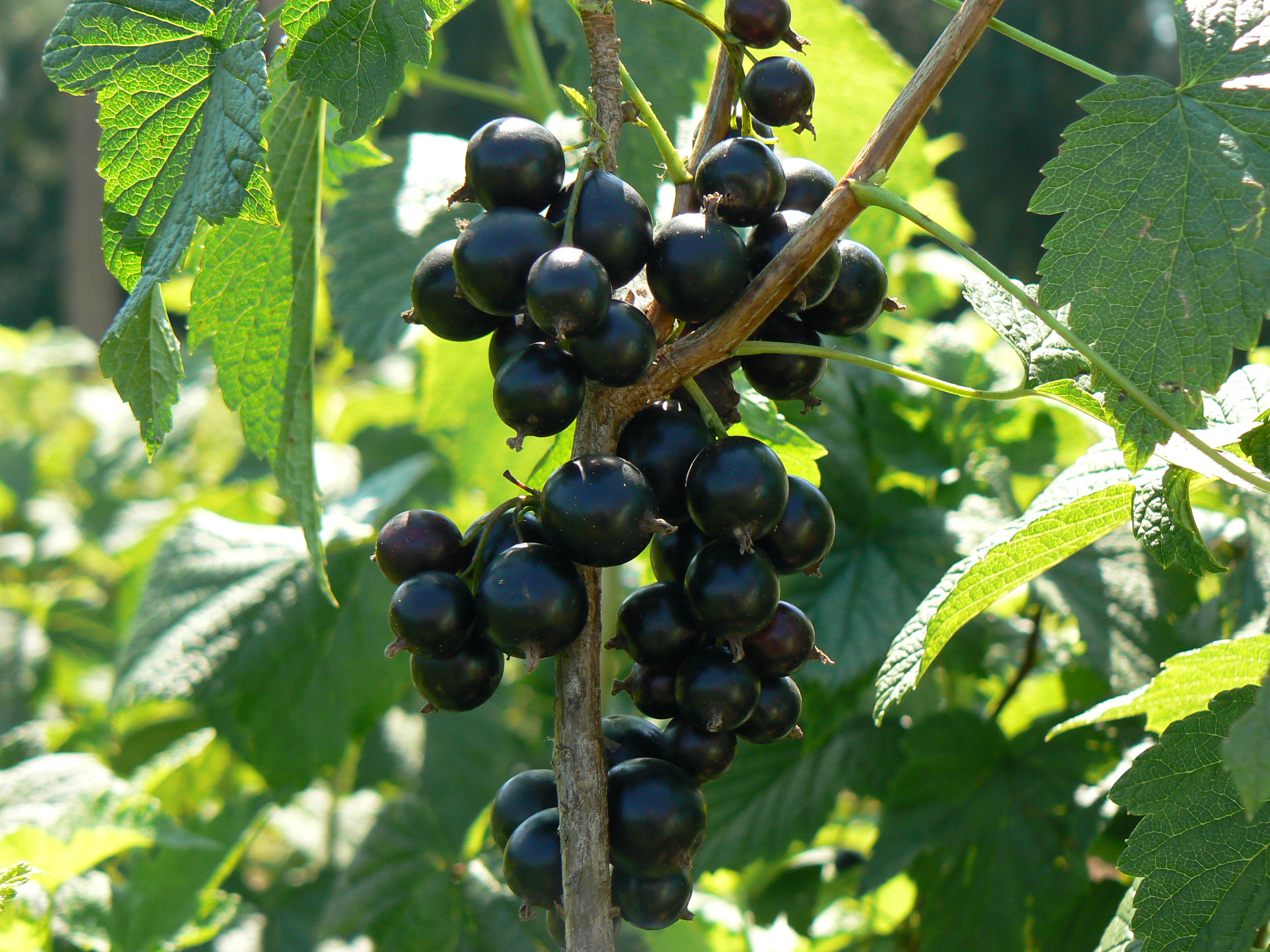
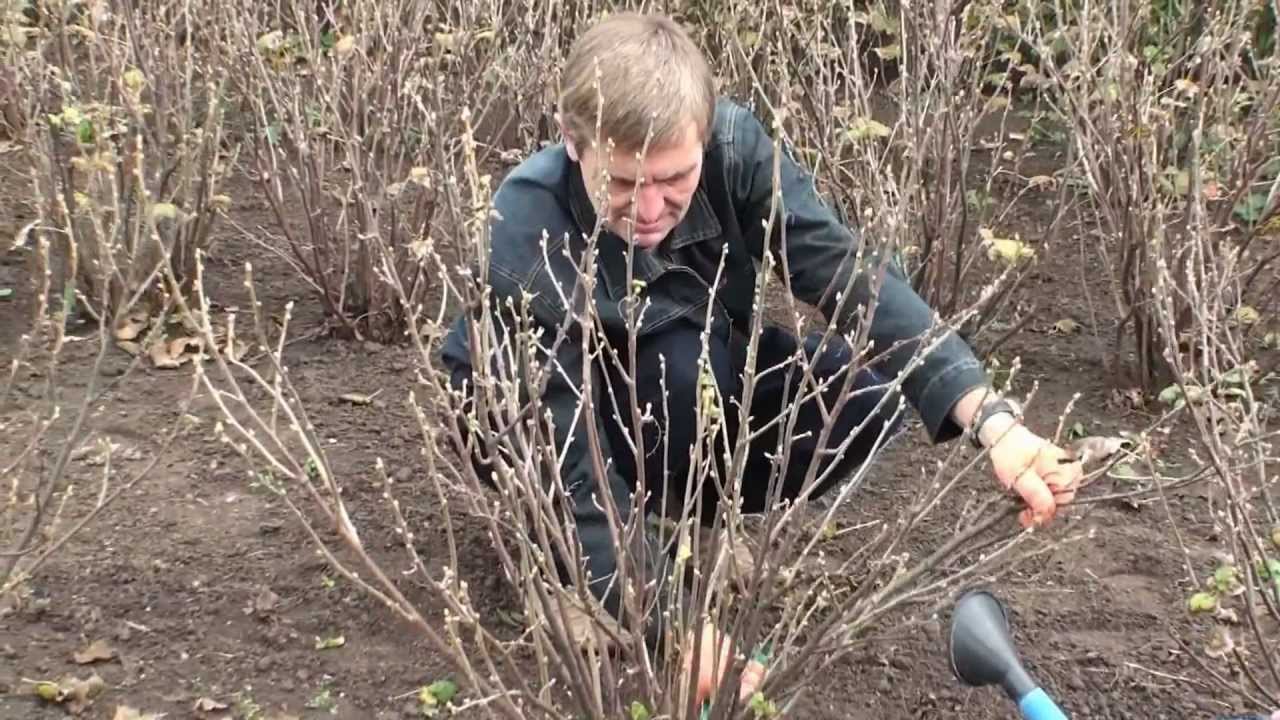 Autumn currant pruning scheme for beginners
Autumn currant pruning scheme for beginners Currant care in autumn and preparation of bushes for winter
Currant care in autumn and preparation of bushes for winter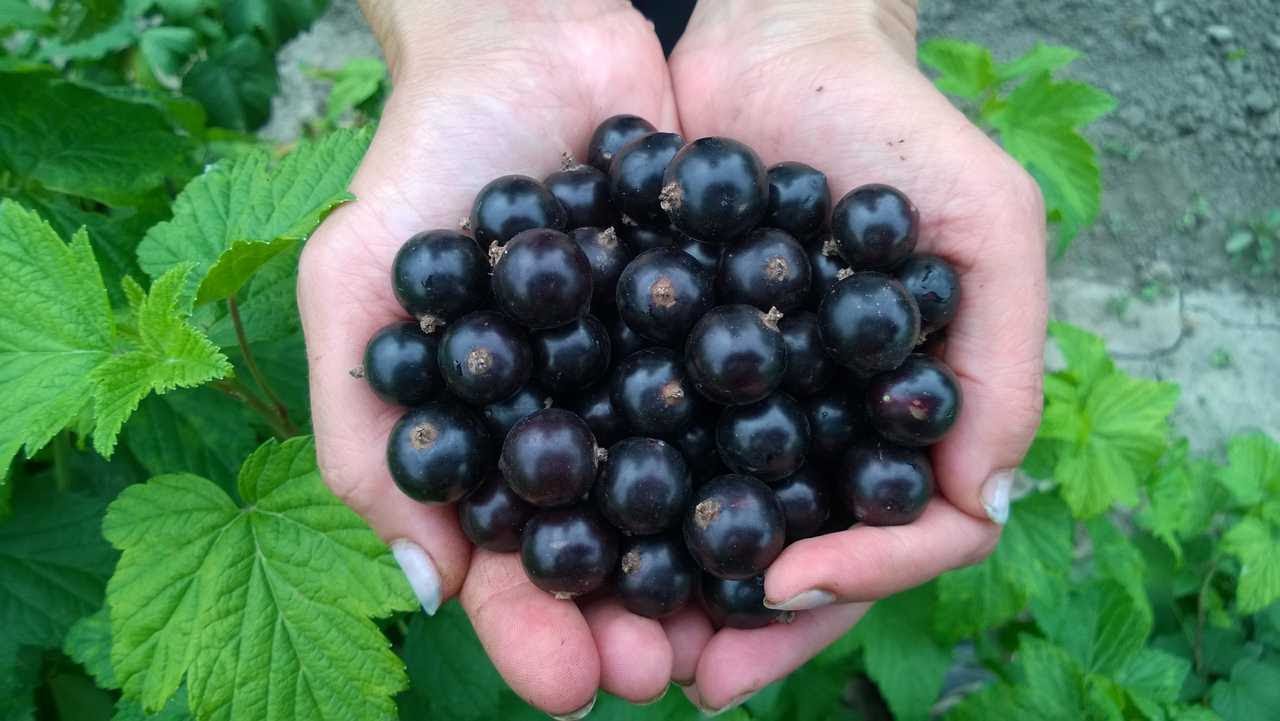 It's time to feed the currants - the best feeding
It's time to feed the currants - the best feeding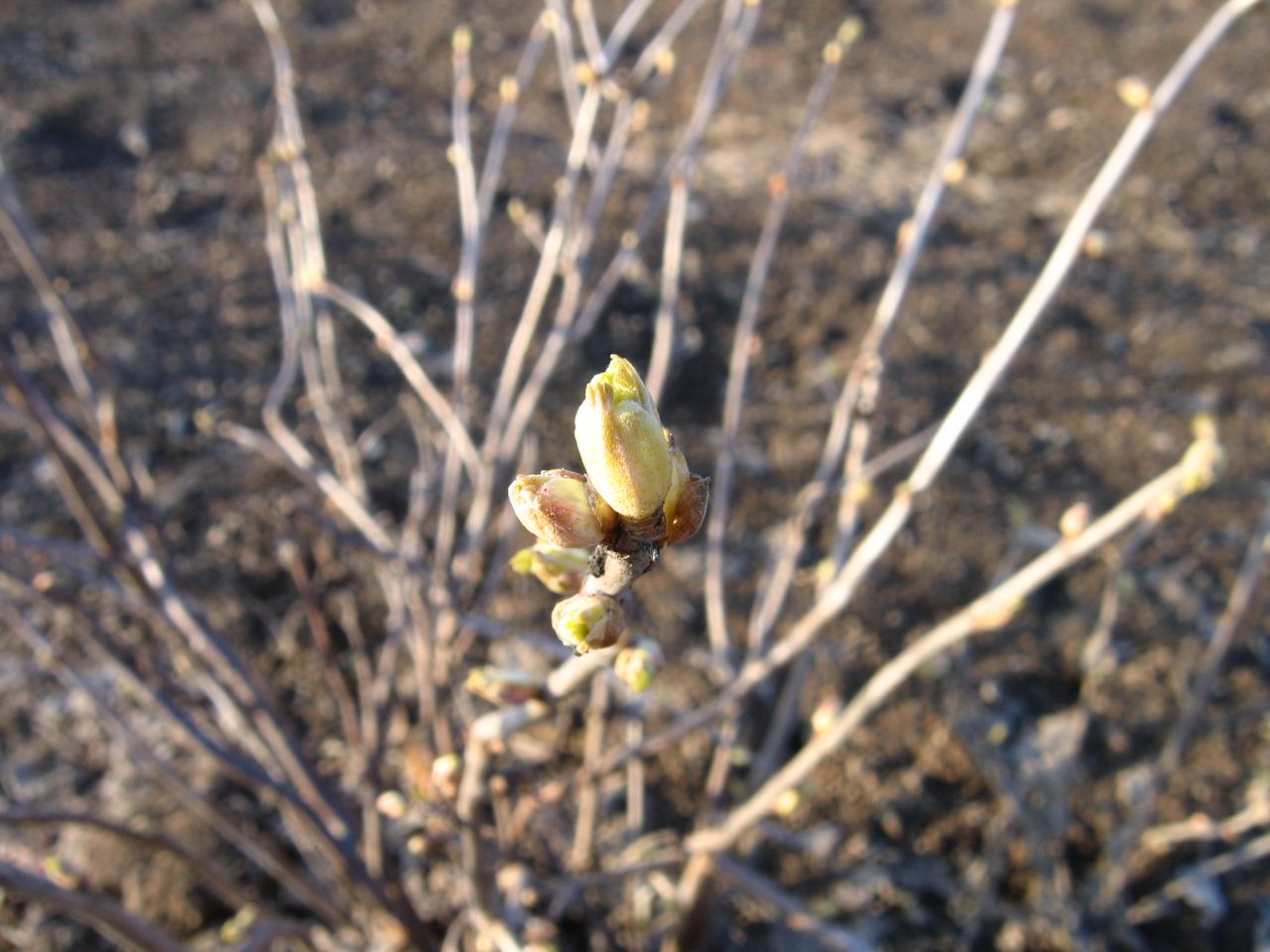 Spring treatment of currants from pests and diseases
Spring treatment of currants from pests and diseases